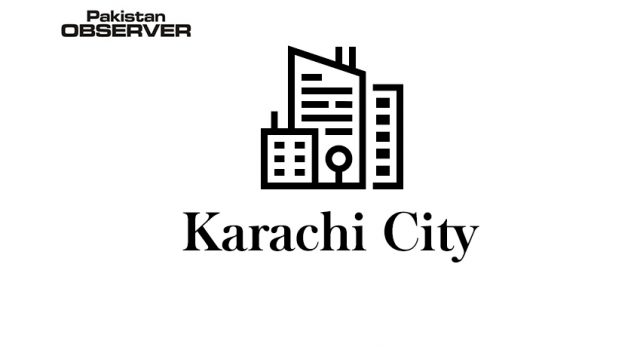Islamabad Although some people who contract SARS-CoV-2 experience serious symptoms, others are able to recover after a fairly short period of time. A new study shows how the immune system of one otherwise healthy person was able to fight the virus within days.
A new case study explains how the immune system of an otherwise healthy adult was able to fight off SARS-CoV-2.
In a new study in the journal Nature Medicine, researchers from the University of Melbourne at the Peter Doherty Institute for Infection and Immunity in Australia have outlined how the human immune system mounts its response to the new coronavirus.
The scientists were able to conduct a case study using information about one of the first hospital patients with a SARS-CoV-2 infection in Australia. This was a 47-year-old female who had traveled to Melbourne from Wuhan, China.
The female was experiencing mild-to-moderate symptoms of the infection when they sought care, but they were healthy in all other respects.
That is why scientists later became interested in finding out how an otherwise healthy adult’s immune system is able to react to an infection with the new virus.
“We showed that even though COVID-19 is caused by a new virus, in an otherwise healthy person, a robust immune response across different cell types was associated with clinical recovery, similar to what we see in influenza,” says study co-author Prof. Katherine Kedzierska.
“This is an incredible step forward in understanding what drives recovery of COVID-19. People can use our methods to understand the immune responses in larger COVID-19 cohorts, and also understand what’s lacking in those who have fatal outcomes,” she adds.
An influx of key immune cells The female sought specialized care 4 days after the onset of viral infection symptoms. These symptoms included lethargy, a sore throat, a dry cough, pleuritic chest pain, some shortness of breath, and a fever.
They were able to leave the hospital and enter self-isolation 11 days after symptom onset, and they were symptom-free by day 13.
In their study, the researchers analyzed blood samples that healthcare professionals had collected from the patient on four different occasions: on days 7, 8, 9, and 20 following symptom onset.
“We looked at the whole breadth of the immune response in this patient using the knowledge we have built over many years of looking at immune responses in patients hospitalized with influenza,” explains study co-author Dr. Oanh Nguyen.









